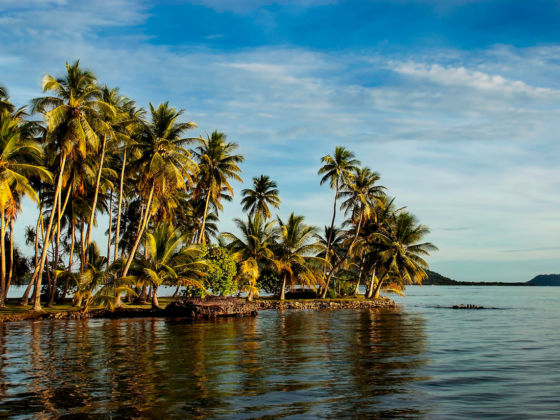The release of Headhunters at My Doorstep marks the third book that J. Maarten Troost has written about The Pacific Islands. Tom Gates talks to him about his return to the part of the world that made his name as a writer.
TG: The Sex Lives of Cannibals is almost compulsory travel reading now. It’s currently #10 on Amazon’s Travel books and I’ve seen it on just about every bookswap shelf in every hostel or guesthouse I’ve stayed in. What does that book mean to you now? Is it weird being a “classic travel writer”?
